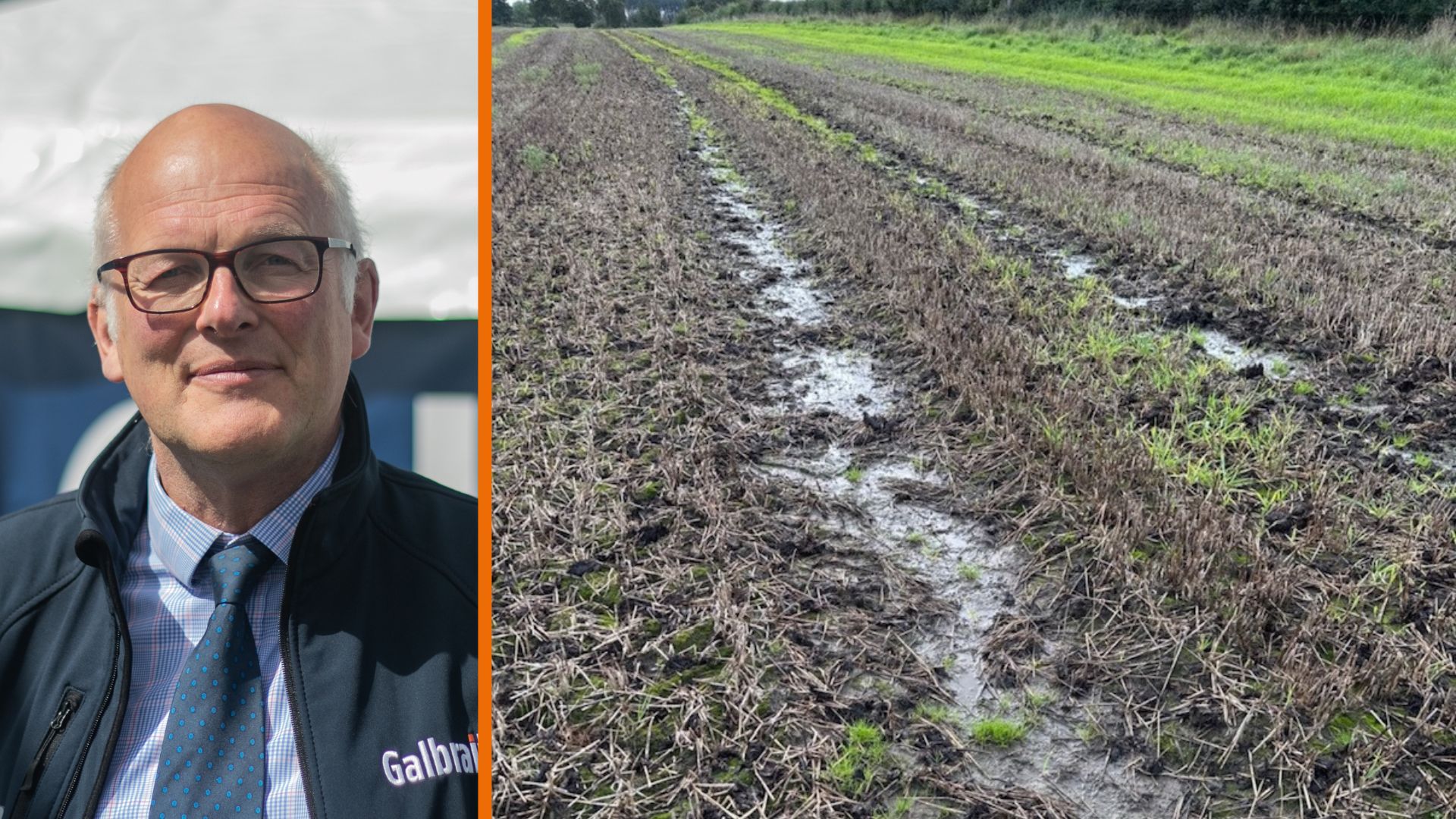How different the harvest of 2023 is proving to be in comparison to the previous one! Last year saw the best harvest for many years – near-perfect entry and harvest conditions, generally low input prices – bought pre-Ukraine – topped off with the conflict premium on outputs, with cereals reaching record-breaking prices.
This year has seen high input prices, a summer drought and a long, wet autumn bringing low-quality crops, reduced yields, damage to soil structure and high drying costs – an imperfect storm. Entry for the 2024 harvest is proving long and hard while prices stay stubbornly low. High tax bills from 2022, payable in January 2024, compound the gloom.
In 2022 many farmers in England dismissed Countryside Stewardship (CSS) and Sustainable Farming Incentive (SFI) payments as irrelevant, hardly compensating for the loss of potential income. This year, these environmental schemes, now significantly improved and enhanced with legacy BPS funding, appear much more attractive. Uptake of SFI, when fully available, is likely to be significant and Defra hopes this will help change farmers’ approach to their treatment of the land.
A significant new introduction is the funding of soil testing, to help farmers better understand this crucial element of production.
Of the three crucial factors in crop growing, sunlight and rainfall are becoming increasingly erratic and extreme, always beyond direct human control. Soil – the third vital element – is subject increasingly used mechanical horsepower, plant breeding and chemical additives in our race to boost yield.
This takes a heavy toll, both in structure and nutrient capacity. Many soils are so degraded as to be much more vulnerable to weather extremes; in drought, they bake hard and in the wet, run off into watercourses. Well managed and structured soils are more resilient to both extremes.
Better management of our soils has become essential for several reasons, among them to underwrite future production, maintain profitability, reduce our carbon footprint, manage flood risk and water quality and increase biodiversity. Without urgent measures to improve the soil resilience, the impact of climate change will be even more marked.
Farmers should take advantage of the current SFI grant aid on offer, not simply as an income supplement, but to help develop their thinking on how to survive into the future. After a staged opening, the application process for SFI is now fully open. The field options are generally based on existing recently enhanced CSS prescriptions and can be run in parallel to schemes already in place. Whole-farm options for nutrient and soil management are new, and designed to heighten awareness rather than create a compliance straightjacket.
Experience suggests that the online process is easy and there is a £1,000 incentive available to applicants. The strictures on the scheme are significantly lower and Defra is keen to involve as many farmers as possible. We are currently in a window of opportunity with the BPS legacy funding, but with economic constraints all around us, this funding may well not last for long.
The SFI offers an opportunity to rethink current approaches and help reset our soil management in particular. Involvement is limited to three years, available to tenants and generally flexible. Farmers should take this offer seriously as it not only provides a partial substitute for BPS, but also the opportunity to experiment with more robust approaches to farming.
- Natural Capital: Galbraith’s expert advisers guide our clients in realising value in all land uses – by assessing and measuring natural assets, furthering opportunities in biodiversity net gain, and ensuring stakeholders are rewarded fully for their investment in and contribution to delivering ecosystem services and net-zero outcomes.

